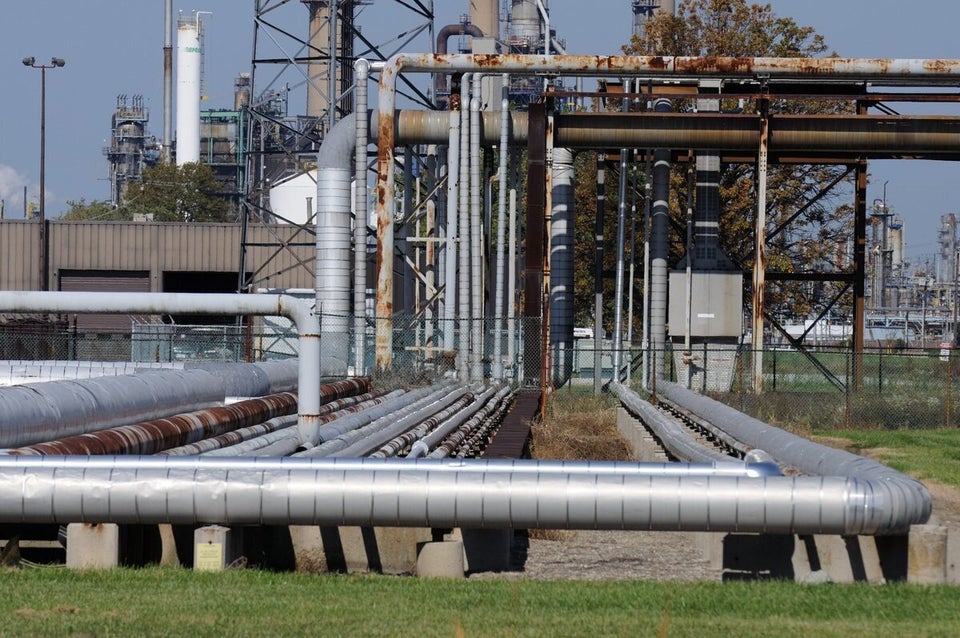Recent events in Canada's rail transport network have prompted a much-needed national debate about the risks of energy transport and rail safety. No matter our personal stance regarding climate change, we all live in an oil dependant society and until we find another way to power the global economy and our civil society, oil and gas will have to move from where it is found to where it is used. In Canada that largely means it will move either via pipeline or rail. But when a pipeline leaks or oil tankers derail, the risks of oil transit are thrown into stark relief; especially for the residents of communities in the immediate vicinity and the ecosystems affected.
Broadly speaking, risk is thought of as the "possibility of loss." It is generally viewed as the combination of the likelihood of loss and the consequences of that loss. Likelihood, otherwise known as the "probability of occurrence", is the foundation of actuarial science; which underpins the insurance industry. Probability suggests that if historical trends continue and the future cooperates with the past, then the likelihood of something occurring can be calculated to a sufficient degree that insurance against the event could be issued with a reasonable chance that it would not have to be paid. In essence a bet is laid against the event. If the event occurs then the insurer has to pay out. If it does not then the insurer makes money.
The Insurance Bureau of Canada declared 2013 the worst year on record for insurance related payouts, meaning that insurers will pay out a lot of money because the future did not cooperate with the past and the unlikely happened. The object lesson here is that while likelihood is interesting, consequences are costly.
As we seek export markets for Canadian energy products, so the volume of those products in transit increases. Eric Sprott, the renowned Canadian resource investor notes in his January 27, 2014 newsletter that by the end of 2013 Canada's rail industry was shipping 375,000 barrels of oil per day and that figure is expected to each 900,000 barrels per day by the end of 2014. As for a pipeline, Sprott believes the Energy East pipeline will get the go-ahead and will increase Canada's export capacity by 800,000 barrels. Since Canada has not added significantly to its pipeline infrastructure in decades, there is little choice but to ship it via the rail network, which coincidentally has not been significantly increased in decades. When both the nature and the volume of rail traffic increases on a network that has not appreciably increased in size or capability the "likelihood" of failure events also increases, as do the consequences.
To date consequence has been considered somewhat subjective and therefore less quantifiable than likelihood, partly because each stakeholder sees consequence differently. For instance the Mayor of a community thinks of the consequence of a train derailment and spill in the community in a much different way than the CEO of the rail company or the owner of the shipment. The cold hard reality is that no matter how small the statistical likelihood that derailments will happen, the consequences when derailments happen are significant. As events increase in frequency and it seems severity, it is clearly time to rethink our evaluation of risk in rail transport.
While the probability that a train-load of inappropriately classified oil products would careen down a hill in rural Quebec and explode, killing 47 people and contaminating a fragile lake ecosystem was so infinitesimally small as to be almost incalculable, the consequences were devastating and will be felt for generations. The policies that drive rail system regulation (or any system for that matter) are driven by the likelihood of a failure not the consequences. In part this is because it is difficult to foresee every event and frame a regulation to prevent it, but also because the risk analysis techniques to quantify consequence in a useful way, to date, have not existed.
Risk analysis techniques have improved markedly in recent years, to the point that networked risk analysis tools can fathom the pathways of exposure to risk in models containing thousands of entities. Given the complexity and importance of the energy transport question in Canada and the severe and sometimes tragic consequences of failure, it seems time to revisit the question of energy transport risk with modern tools so that no matter which side of the energy debate we stand on, we have a safer, cleaner Canada to live in and to pass on to our children.
ALSO ON HUFFPOST:
